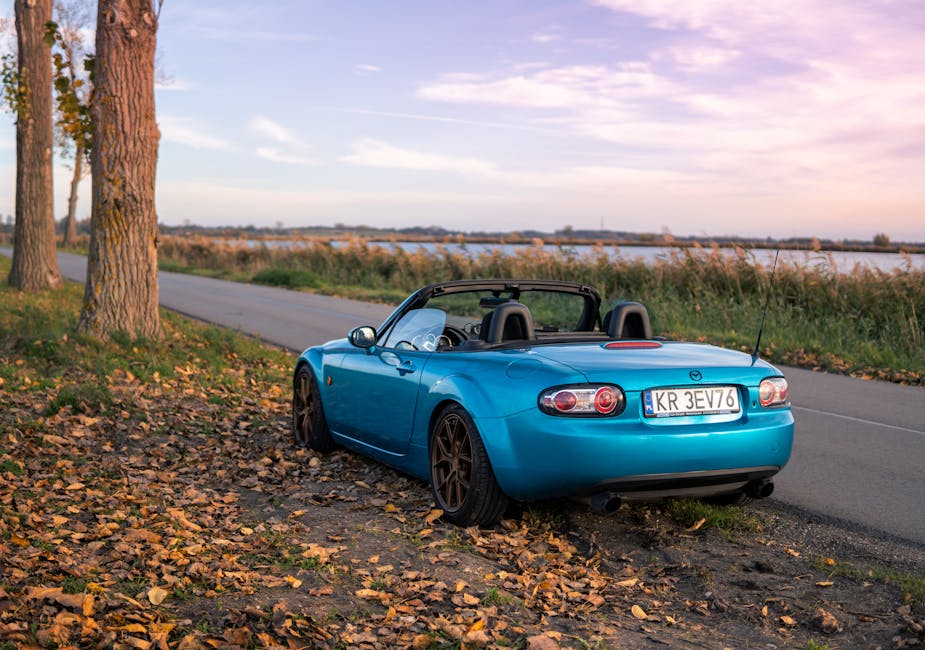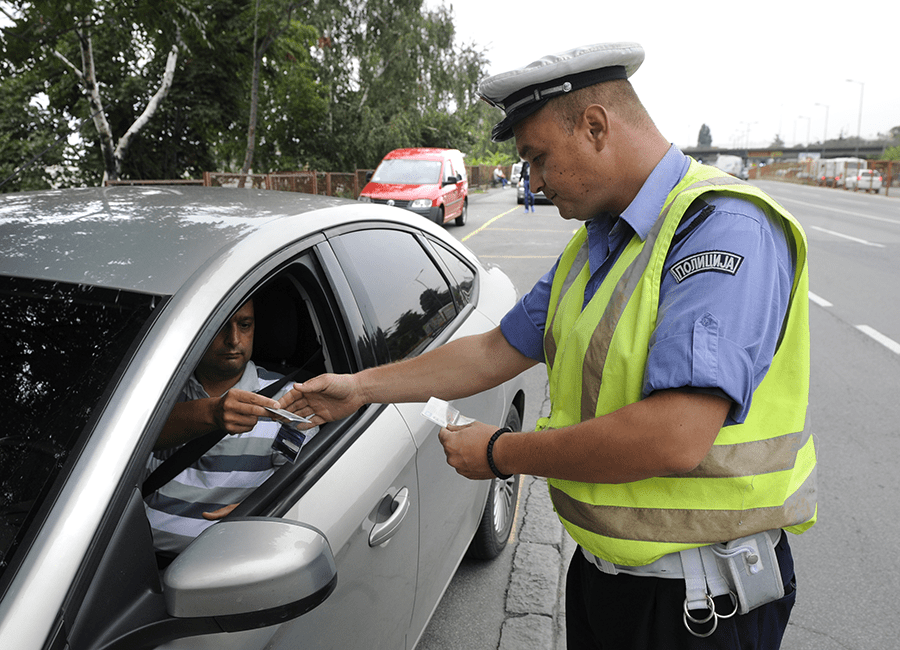California DUI Defense: Proving You Weren’t Driving
The Importance of DUI Defense in California: Proving You Weren’t Driving
When facing DUI charges in California, understanding the importance of a strong defense strategy is crucial. One potential defense is the California DUI not driving defense. This defense hinges on the fact that law enforcement must prove that you were driving or in actual physical control of your vehicle while impaired. Failure to do so means the prosecution cannot secure a conviction.
Quick Facts:
- No Driving Observed: If the officer did not see you drive, proving you were in control of the vehicle becomes challenging.
- Volitional Movement: California law requires evidence of volitional movement of the vehicle.
- Circumstantial Evidence: The case may rely heavily on indirect evidence like witness statements or crash reports.
The California DUI not driving defense can significantly impact your case’s outcome. Without irrefutable evidence that you were driving, the prosecution’s case weakens. This can lead to reduced charges or even a dismissal.
Hi, I’m Adam Jackson, an experienced criminal defense attorney specializing in DUI cases, including those where driving was not observed. My background in defending clients against DUI charges in California has equipped me with the tools and knowledge needed to navigate these complex legal waters.

Understanding California DUI Laws
California DUI laws are strict and comprehensive, aiming to keep the roads safe. Driving under the influence (DUI) is taken very seriously, and understanding these laws is crucial for anyone facing such charges.
Volitional Movement
One of the key elements in a DUI case is proving volitional movement. In California, you must have intentionally caused the vehicle to move to be considered “driving.” This means simply sitting in the driver’s seat with the engine running does not count as driving. For example, if someone starts their car to turn on the heat but doesn’t move it, they are not “driving” under California law.

Legal BAC Limit
California has a legal blood alcohol concentration (BAC) limit of 0.08% for most drivers. For commercial drivers, the limit is stricter at 0.04%. Underage drivers (under 21) face a zero-tolerance policy with a BAC limit of just 0.01%.
Here are some quick facts:
- 0.08%: Standard legal limit for most drivers
- 0.04%: Limit for commercial drivers
- 0.01%: Limit for drivers under 21
DUI Definitions and Scenarios
California law defines a driver as “under the influence” when their ability to operate a vehicle is negatively affected by alcohol, drugs, or both. This includes both legal and illegal substances. Even if your BAC is below the legal limit, you can still be arrested if you show signs of impairment.
Example Scenarios:
- Sitting in a Parked Car: If you’re found drunk but the car hasn’t moved, you might not be charged with a DUI. However, if there’s evidence you intended to drive, such as the key in the ignition, it could be different.
- Sleeping it Off: If you decide to sleep in your car after drinking, as long as you don’t move the car, you are not driving. For instance, Mitchell started his car to turn on the heat while he slept. He wasn’t considered driving because the car didn’t move.
Understanding these nuances can greatly affect your defense strategy. For more detailed information on DUI definitions and scenarios, check out the California DMV website.
In the next section, we’ll dive into the Key Elements of a DUI Charge. Stay tuned to learn what the prosecution needs to prove and how they gather evidence.
Key Elements of a DUI Charge
When facing a DUI charge in California, the prosecution must establish certain key elements to secure a conviction. Understanding these elements can help you formulate a strong defense.
Prosecution Requirements
For a DUI conviction, the prosecution must prove two main points beyond a reasonable doubt:
- You were driving a vehicle.
- You were under the influence of alcohol or drugs while driving.
Let’s break these down further.
Evidence of Driving
To prove you were driving, the prosecution often relies on direct evidence. This might include:
- Testimony from the arresting officer who saw you driving.
- Dash cam footage showing you operating the vehicle.
- Witness statements confirming that you were behind the wheel.
However, what if there’s no direct evidence? That’s where circumstantial evidence comes into play.
Circumstantial Evidence
In cases where no one actually saw you driving, the prosecution will rely on circumstantial evidence. This could include:
- Position of the driver’s seat: If the seat is adjusted to your height, it suggests you were driving.
- Injuries consistent with driving: For example, injuries from an airbag that only deployed on the driver’s side.
- Location of the keys: If the keys are in the ignition, it suggests you had control of the vehicle.
Circumstantial evidence can be powerful, but it also leaves room for reasonable doubt. For instance, if you were found in the passenger seat with no witnesses, it becomes harder to prove you were driving.
Real-World Example
Consider a case where someone is found asleep in their car, parked legally, with the engine off. The prosecution would need to show more than just the person being in the car. They would need to prove the person actually drove the vehicle while under the influence. If there’s no evidence of the car moving, this becomes a challenging task for the prosecution.
In the next section, we’ll explore Common Scenarios Where No Driving is Observed. This will include DUI collisions, sleeping in a vehicle, and timing of alcohol consumption. Stay tuned to see how these scenarios can impact your defense strategy.
Common Scenarios Where No Driving is Observed
DUI Collisions
In many DUI cases, driving isn’t directly observed by police. Instead, they arrive at the scene after a collision has occurred. Imagine you call 911 to report an accident, and when the officers arrive, they suspect you were driving under the influence. How do they prove you were driving?
Evidence Collection: Officers will gather evidence like witness statements, 911 call records, and physical evidence from the scene. They might check the seat position and examine injuries to see if they align with the driver’s seat.
Case Study: For instance, if Jay is found unconscious on the pavement next to the driver’s side of a vehicle after an accident, but there are two hats and a half-filled bottle of wine in the back seat, the jury might infer someone else was driving. This creates reasonable doubt.
Sleeping in a Vehicle
California law requires “volitional movement” for a DUI conviction. Simply put, you must be driving or in control of a moving vehicle. So, what happens if you’re found sleeping in your car?
Volitional Movement: If you’re parked legally and the car is off, proving DUI becomes tricky. However, if you’re asleep in the middle of an intersection or at a drive-thru, it’s easier to argue that you were driving while impaired.
Drunk in Public: Even if you’re not charged with a DUI, you could still face charges for being drunk in public under California Penal Code Section 647(f). This isn’t a DUI but can still lead to penalties.
Timing of Alcohol Consumption
The timing of when you consumed alcohol can also play a crucial role in your defense.
Post-Driving Drinking: If you can show you drank after driving, the prosecution might struggle to prove you were over the legal limit while driving. For example, if you were under the limit when you stopped driving but drank more afterward, your rising BAC could be a strong defense.
Defense Strategies: Expert witnesses like forensic toxicologists can testify about your BAC levels and how they change over time. This can help argue that you were not impaired while driving.
Understanding these scenarios can significantly impact your defense strategy. In the next section, we’ll delve into California DUI Not Driving Defense Strategies to further explore how to navigate these complex situations.
California DUI Not Driving Defense Strategies
When facing a DUI charge in California without direct evidence of driving, several defense strategies can come into play. Let’s explore some key scenarios and how the no driving defense can be effectively used.
DUI Collisions
Evidence Collection: In DUI collisions, the police arrive after the incident. They collect witness statements and examine the vehicle. If no one saw you driving, this can work in your favor.
Vehicle Examination: Officers will look for circumstantial evidence like seat position or injuries consistent with being in the driver’s seat. If this evidence is lacking, it weakens the prosecution’s case.
Sleeping in a Vehicle
Volitional Movement: California requires “volitional movement” to prove DUI. If you’re found sleeping in a parked car, and the car is off and in park, this can be a strong defense.
Drunk in Public: Even if you’re not guilty of DUI, you might still face charges like drunk in public under California Penal Code Section 647(f) PC. However, this is a lesser offense and doesn’t affect your driving privileges.
Timing of Alcohol Consumption
Post-Driving Drinking: If you consumed alcohol after you stopped driving, you might argue that your BAC was under the limit while driving but rose afterward.
Rising BAC: BAC levels can increase over time. If you were tested later, your BAC might be higher than it was when you were driving.
Defense Strategies: Expert witnesses, like forensic toxicologists, can testify about rising blood alcohol concentration and how BAC levels change. This can help argue that you were not impaired while driving.
Understanding these strategies can make a significant difference in a DUI case. Next, we’ll answer some Frequently Asked Questions about California DUI Not Driving Defense to clarify common concerns.
Frequently Asked Questions about California DUI Not Driving Defense
Can you get a DUI without driving in California?
In California, you cannot be convicted of a DUI unless the prosecution can prove you were driving. This is different from some states where merely being in physical control of a vehicle can lead to a DUI charge. California law requires volitional movement—meaning the vehicle must have moved intentionally while you were in control.
Example: If you’re found sleeping in a parked car with the engine running, you’re not guilty of a DUI unless there’s evidence showing you drove the car while intoxicated.
What is the best defense against a DUI?
The best defense against a DUI often depends on the specifics of your case, but common strategies include:
- Affirmative Defenses: These are defenses where you admit to the facts but argue there’s a legal reason you shouldn’t be convicted. For instance, you might claim involuntary intoxication if someone spiked your drink without your knowledge.
- Improper Police Actions: If the police violated your rights during the arrest, any evidence they collected might be inadmissible. This includes failing to read your Miranda Rights or conducting an illegal search.
- Accuracy of Tests: Questioning the accuracy of field sobriety tests, breathalyzers, and blood tests can be effective. These tests are not foolproof and can be challenged for various reasons, such as improper calibration or administration.
Can a DUI be dismissed in California?
Yes, a DUI can be dismissed in California under several circumstances:
- BAC Measurement Errors: If there are errors in how your Blood Alcohol Concentration (BAC) was measured, the evidence might be thrown out. For example, if the test was done more than three hours after you were allegedly driving, its credibility can be questioned.
- Lack of Evidence: The prosecution must prove beyond a reasonable doubt that you were driving while intoxicated. If they can’t provide sufficient evidence, your case could be dismissed.
- Procedural Mistakes: Any procedural errors made by the police or prosecution, such as improper handling of evidence or failure to follow legal protocols, can lead to a dismissal.
For more information or assistance with your DUI case, contact Inland Empire Criminal Defense at (909) 939-7126. Our experienced attorneys are here to help you navigate the complexities of DUI defenses.
Conclusion
In summary, defending against a DUI charge in California can be complex but not impossible. By understanding the nuances of California DUI laws and leveraging specific defense strategies, you can challenge the prosecution’s evidence and potentially avoid a conviction.
Legal representation is crucial. An experienced DUI attorney knows how to scrutinize the evidence, question the legality of your arrest, and present alternative explanations for your behavior. For example, they can argue that you weren’t driving or that your blood alcohol concentration (BAC) was rising after you stopped driving.
You don’t have to face this alone. At Inland Empire Criminal Defense, we specialize in DUI defenses and have the expertise to help you build a strong case.
For a free, no-obligation consultation, call us today at (909) 939-7126. Let’s work together to protect your rights and secure the best possible outcome for your case.
Frequently Asked Questions
Absolutely, Inland Empire Criminal Defense prioritizes your privacy and confidentiality. Every consultation with our attorney is conducted with the utmost discretion, ensuring your information remains secure and private.
Yes, understanding the financial pressures that can come with legal representation, our attorney offers flexible payment plans. This approach ensures that quality legal defense is accessible for all our clients in Riverside, San Bernardino, and Los Angeles Counties.
Yes, Inland Empire Criminal Defense offers free consultations. This is part of our commitment to providing accessible and transparent legal services to residents of Riverside, San Bernardino, and Los Angeles Counties.
We offer both in-person and over-the-phone consultations to accommodate your preferences and needs. Whether you’re in Riverside, San Bernardino, or Los Angeles County, we ensure that you can access our legal services in the way that suits you best.
Our office is typically closed on weekends. However, we do make exceptions for meetings by special arrangement. Our commitment is to be as accommodating as possible to meet the unique needs of our clients in Riverside, San Bernardino, and Los Angeles Counties.
Our legal services are specifically tailored to residents of Riverside, San Bernardino, and Los Angeles Counties. For cases outside these areas, we recommend consulting avvo.com to find appropriate legal assistance. Our focused approach allows us to provide specialized defense catering to the unique legal landscape of these counties.


